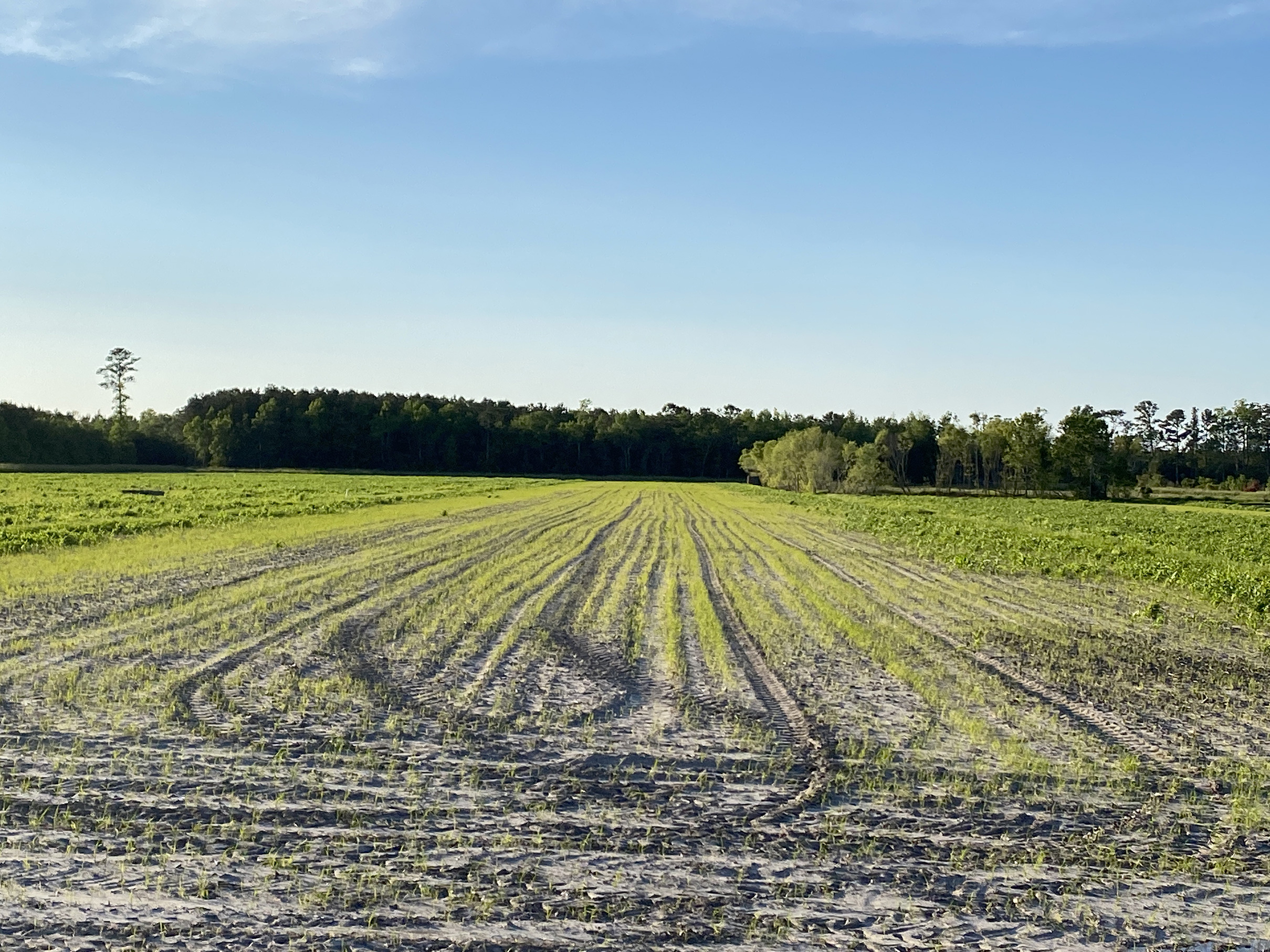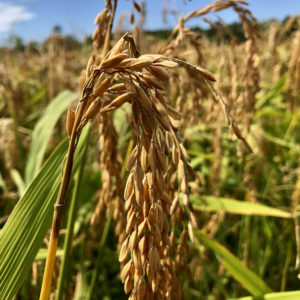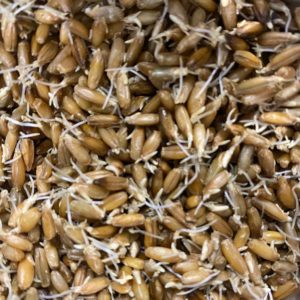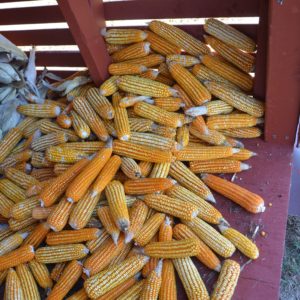What is the Cultivators & Keepers Series?
The Cultivators & Keepers malt series is Epiphany’s way of supporting uncommon but regionally significant grains that make singular flavor beer. These grains are grown by small farmers who, in reality, would not be able to continue to plant and harvest these rare grains without a market. It’s not a charity — these grains truly make unique brews that have a taste you’re sure to remember. You can check out more about the stories behind some of these farmers on our blog.
However, the origins of some of these crops do have a darker side. For example, before the Civil War, Carolina Gold Rice was once an extremely lucrative crop because of slave labor. Indian corn can trace its roots back to Native American tribes who were killed and forced from their land. If we want to help create beers that incorporate these grains, it’s a history we should acknowledge by turning our attention towards building something on the understanding of injustice at their roots. To recognize this, Epiphany is investing 12% of these malt sales to social justice nonprofits. You can read more about this stewardship initiative here.
The Manifesto: Creators of Functional Terroir
We obtain grain that radiates with a sense of place by way of the indigenous qualities of weather, soil, variety and local growing practices. Onto this, we add the functional layer of terroir — this one rooted in our practices as maltsters. As a result, we create malts of exceptional quality and singular flavors, enabling our customers to do the same with their beers and spirits.
In the wine world, terroir is a commonly-used way to describe different flavor profiles. But the wine-making process is relatively straightforward; there aren’t many opportunities for the process to transform the grapes’ flavor profile. That’s where functional terroir comes in. Beers and liquors require a complex set of steps in which the grain works as it changes from raw grain to malt to mash to brew. Since a crop’s environment is so integral to its quality and physical properties, which in turn determines how it reacts at different stages of the malting and brewing process, it creates the opportunity for unique flavors that are shaped by a location on the production level. It is a way to incorporate a sense of place into the very molecules of a brew.




